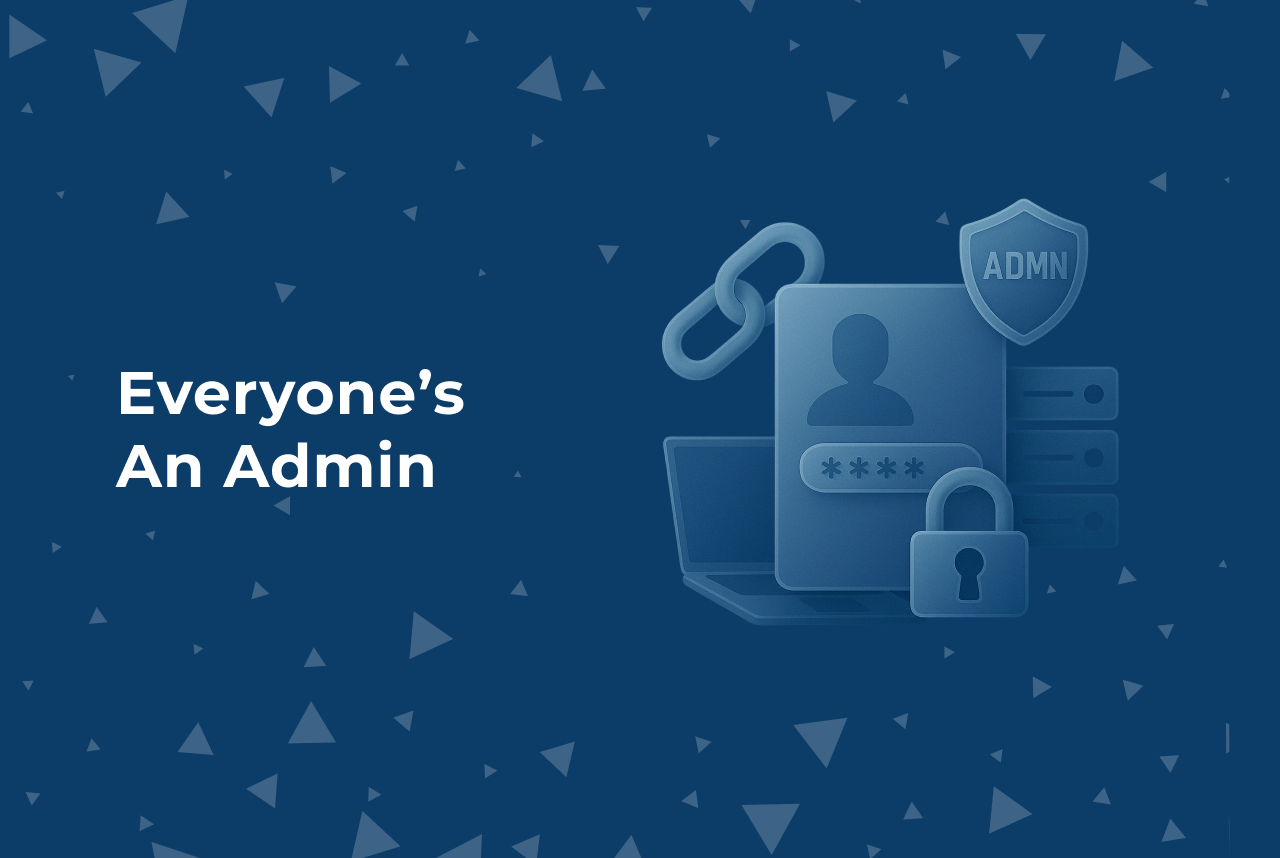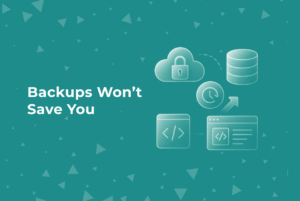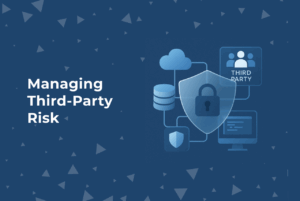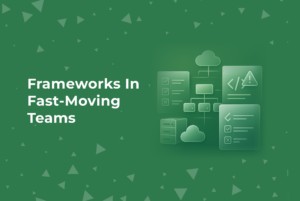“We trust our team.”
That’s how most scaleups start. And honestly, trust is a good thing.
You’re moving fast, trying to ship, and the last thing anyone wants is to slow down for access requests. So everyone gets full access—AWS, GitHub, staging, prod.
It works… until it doesn’t.
Because the more access you grant by default, the harder it is to control later.
At some point, trust without boundaries becomes a liability.
The Access Problem That Grows in the Background
You rarely notice this happening. That’s part of what makes it so tricky.
- A former engineer still has root in AWS
- Contractors keep access to production even after their contract ends
- Devs can see customer data they don’t actually need
- Staging and prod? Same roles, same secrets, no clear boundary
There’s no malice. Just inertia.
Until one day, a laptop gets compromised or a token leaks—and someone who shouldn’t be able to bring down prod suddenly can.
It’s Not About Blame. It’s About Surface Area.
This isn’t about bad intentions or “locking people out.”
It’s about understanding that access is attack surface.
When everyone can do everything, you can’t:
- Limit the scope of damage
- Track what happened (or who did it)
- Prove to anyone that your systems are secure
This kind of sprawl turns invisible—until a breach, or a compliance request, forces you to shine a light on it.
How to Start Shrinking the Blast Radius
You don’t need a 6-month IAM project. You just need a systems mindset and a few small wins that compound.
Here’s what we’ve seen work:
✅ Audit access across cloud and CI/CD. Who really needs write access?
✅ Reclaim old access. Expire contractor credentials. Remove dormant users.
✅ Segment environments. Prod and staging should never share roles, buckets, or secrets.
✅ Design for least privilege. One role, one purpose. That’s it.
✅ Automate the cleanup. Tie offboarding to Slack exits or HR workflows. No more manual tracking.
These are simple changes. But they add up quickly.
What Happens If You Don’t
As you grow from 10 to 50 engineers, access complexity increases faster than you think.
If you don’t get ahead of it:
- Onboarding slows down
- Incident response gets messy
- Compliance turns into a fire drill
- And your team starts bypassing the system because they don’t trust it
Security becomes friction. And friction leads to shortcuts.
One Small Shift
You don’t have to fix everything this week.
But it helps to start thinking about access not as a blocker—but as infrastructure.
Good IAM isn’t about denying access.
It’s about making access safe, intentional, and trackable.
And when that’s in place, your team can keep moving fast—without creating risks that compound later.






